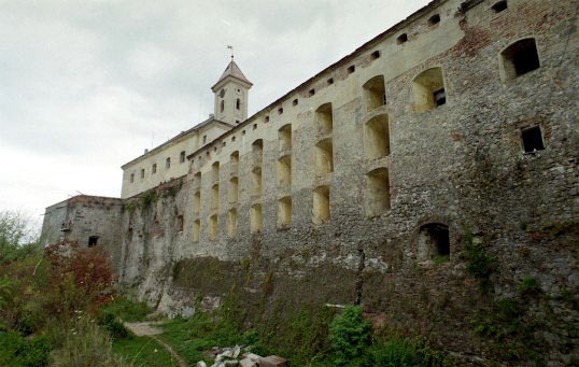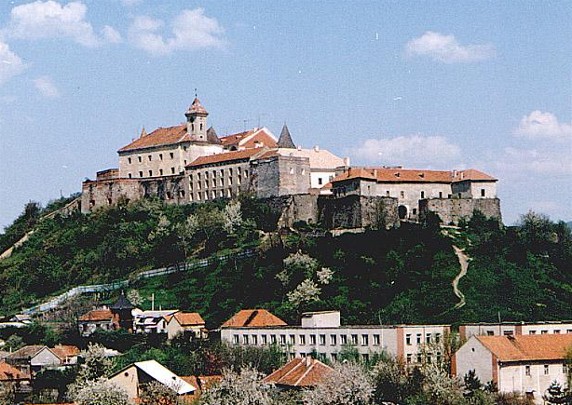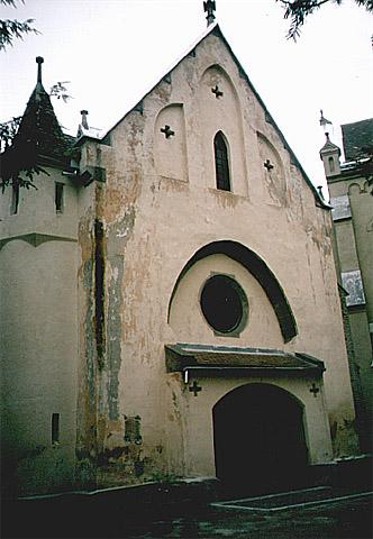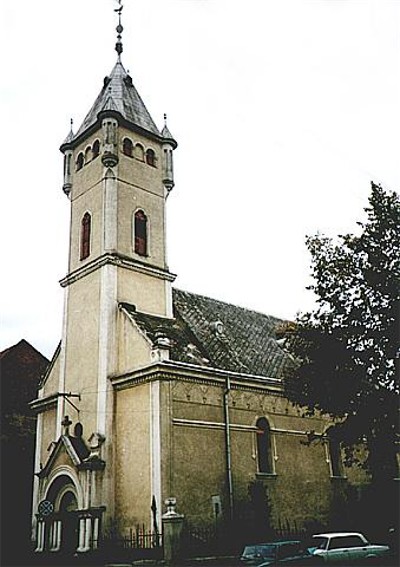Mukachevo
Mukachevo or Mukachiv [Мукачево; Mukačevo or Мукачів; Mukačiv]. Map: V-3. A city (2019 pop 85,881) on the Liatorytsia River and a raion center in Transcarpathia oblast. The site has been settled since prehistoric times. Archeologists have discovered settlements in the vicinity from the Neolithic Period, the Bronze Age, the Iron Age, and the Slavic period (8th–9th century AD). In the 10th century Mukachevo belonged to Kyivan Rus’, and in the 11th century, to Hungary. The fortress, rising high above the town, was destroyed by the Cumans in 1086 and by the Tatars in 1241. It was rebuilt by Fedir Koriiatovych, who also built Mukachevo Saint Nicholas's Monastery. By the end of the 14th century Mukachevo was an important manufacturing and trading center on a trade route between Hungary and Galicia. In 1445 it was granted the rights of Magdeburg law. Because of the monastery the town became a cultural and religious center in the 15th century, and until the end of the 18th century it was the seat of the Mukachevo eparchy. Owing to its strategic location Mukachevo was contested frequently by the Habsburg dynasty and Transylvanian dynasty in the 16th and 17th centuries. At the end of the 17th century the town was annexed by Austria. It flourished in the 18th century and became the chief trade center in Transcarpathia. A gymnasium was established in 1746. Mukachevo played an important role in the revolutionary movement of 1848–9 (see Revolution of 1848–9 in the Habsburg monarchy). After the First World War the city belonged to Czechoslovakia. Its importance diminished whereas that of Uzhhorod grew. In 1938 Mukachevo came under Hungarian rule. By a Soviet-Czechoslovak treaty of June 1945 Transcarpathia became part of Soviet Ukraine.
In 1921 Mukachevo had a population of 21,000, consisting mostly of Jews (48 percent), who began to settle there in the late 17th century, Ukrainians (24 percent), and Hungarians (22 percent). In 1925 the first Hebrew gymnasium on Ukrainian territory was established in Mukachevo. By 1966 the city's population had risen to 50,500. It consisted mostly of Ukrainians (60 percent), followed by Hungarians (18 percent), Russians (10 percent), and Jews (6 percent).
Mukachevo has several machine-building plants, a large branch of the Fischer Ski factory, a furniture factory, and a food industry. A branch of the Ukrainian Scientific Research Institute of Mountain Forest Management and Agroforest Amelioration is located in the city. Its chief architectural monuments are the castle (built in the 14th century and rebuilt in the 18th century), a chapel in Gothic style (14th century), the White Building (a baroque monument of the 17th century rebuilt in 1746), the arsenal (now the regional museum, built in 1624), and Saint Nicholas's Church (Cathedral from 1806).
[This article originally appeared in the Encyclopedia of Ukraine, vol. 3 (1993).]

.jpg)
.jpg)
.jpg)
.jpg)
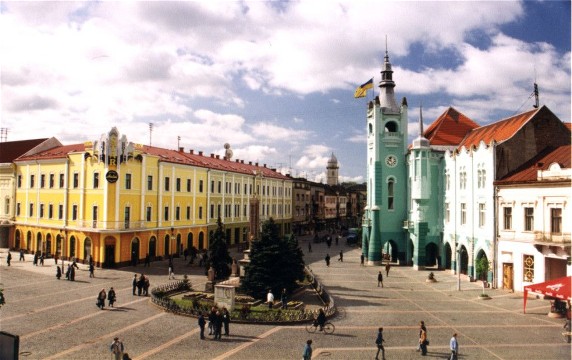
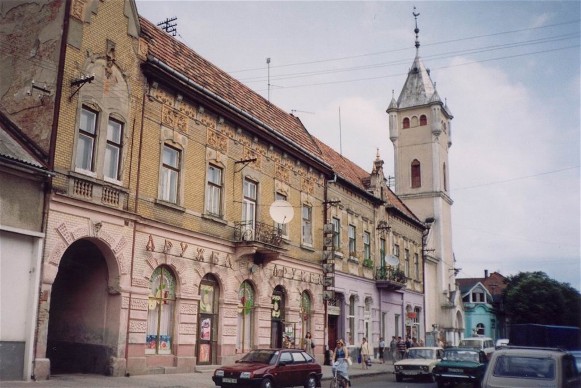
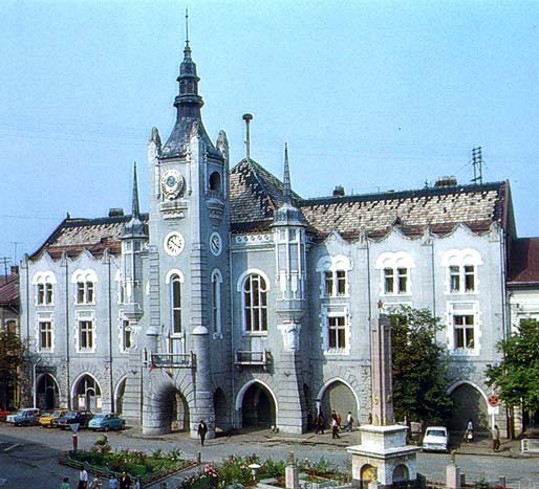
.jpg)
.jpg)
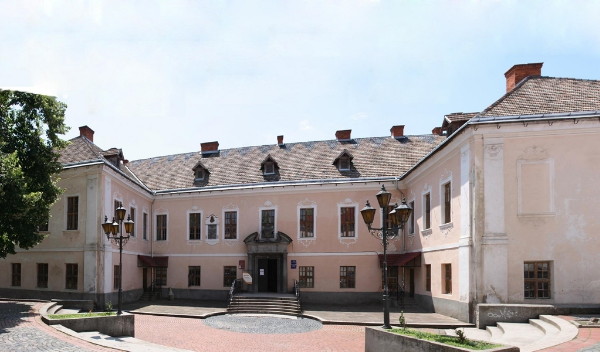
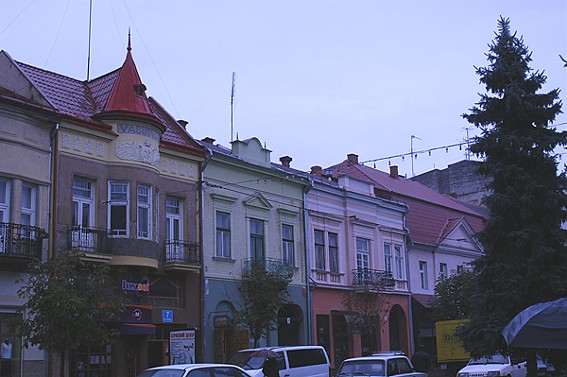
.jpg)
.jpg)
